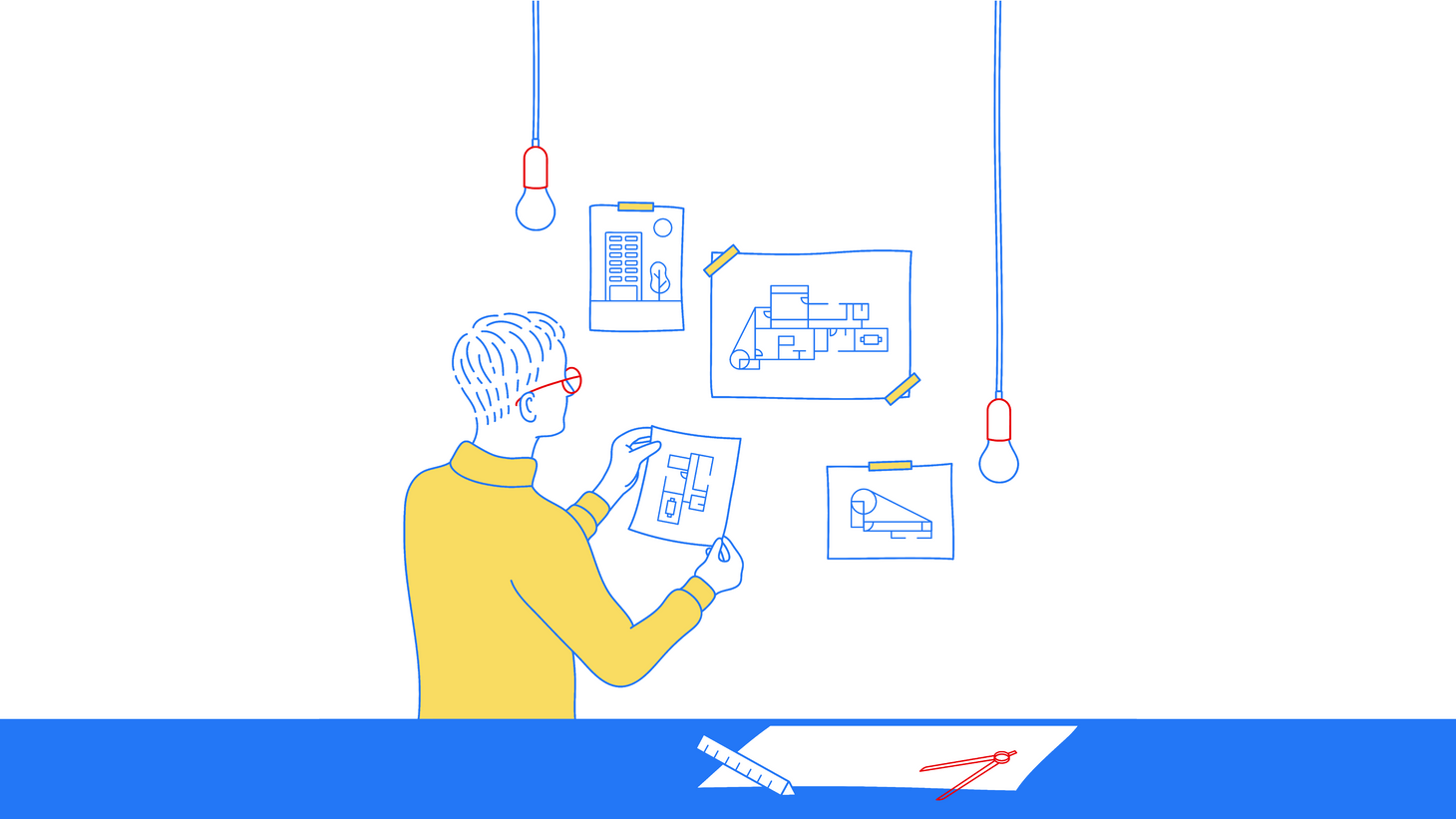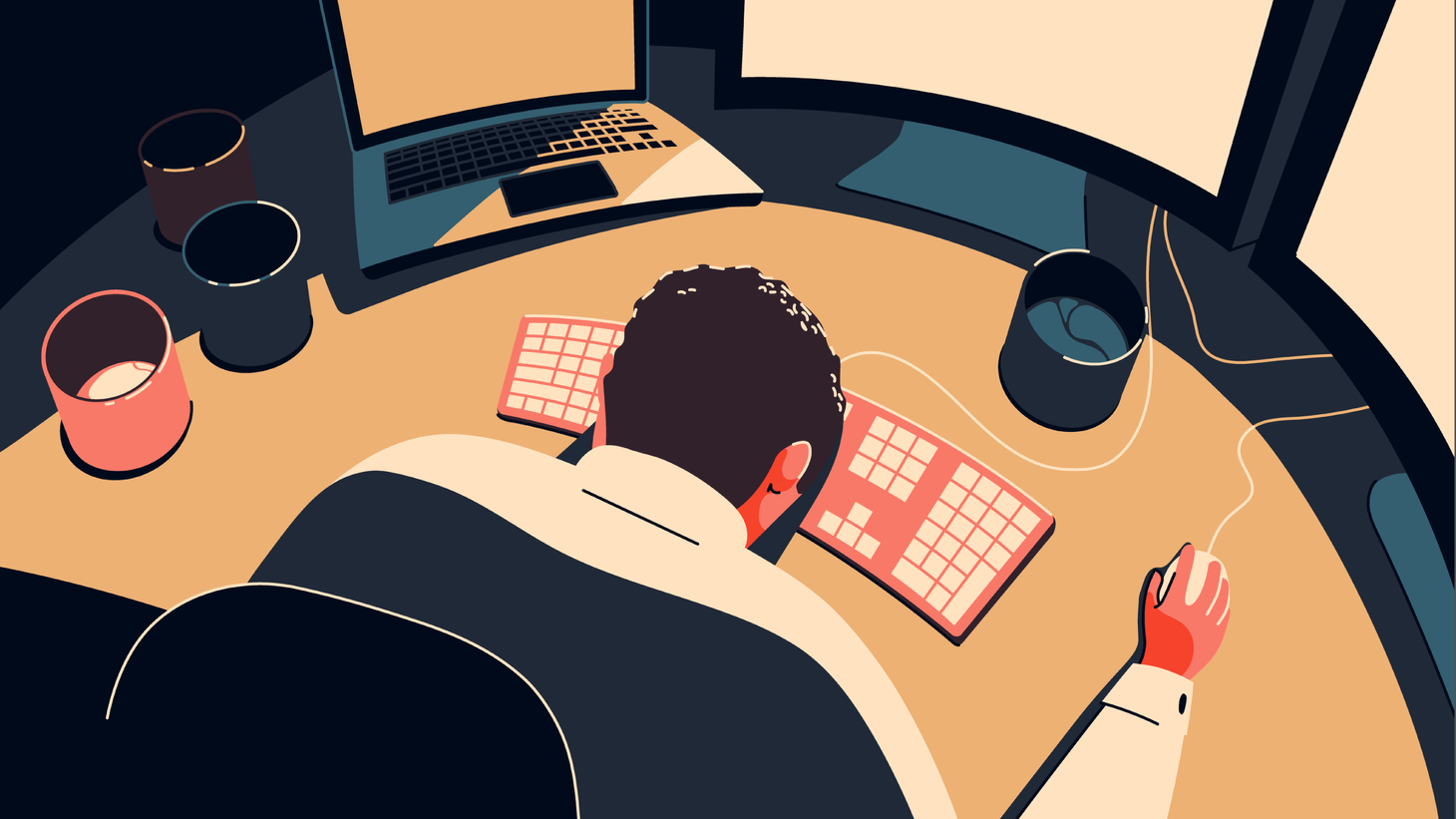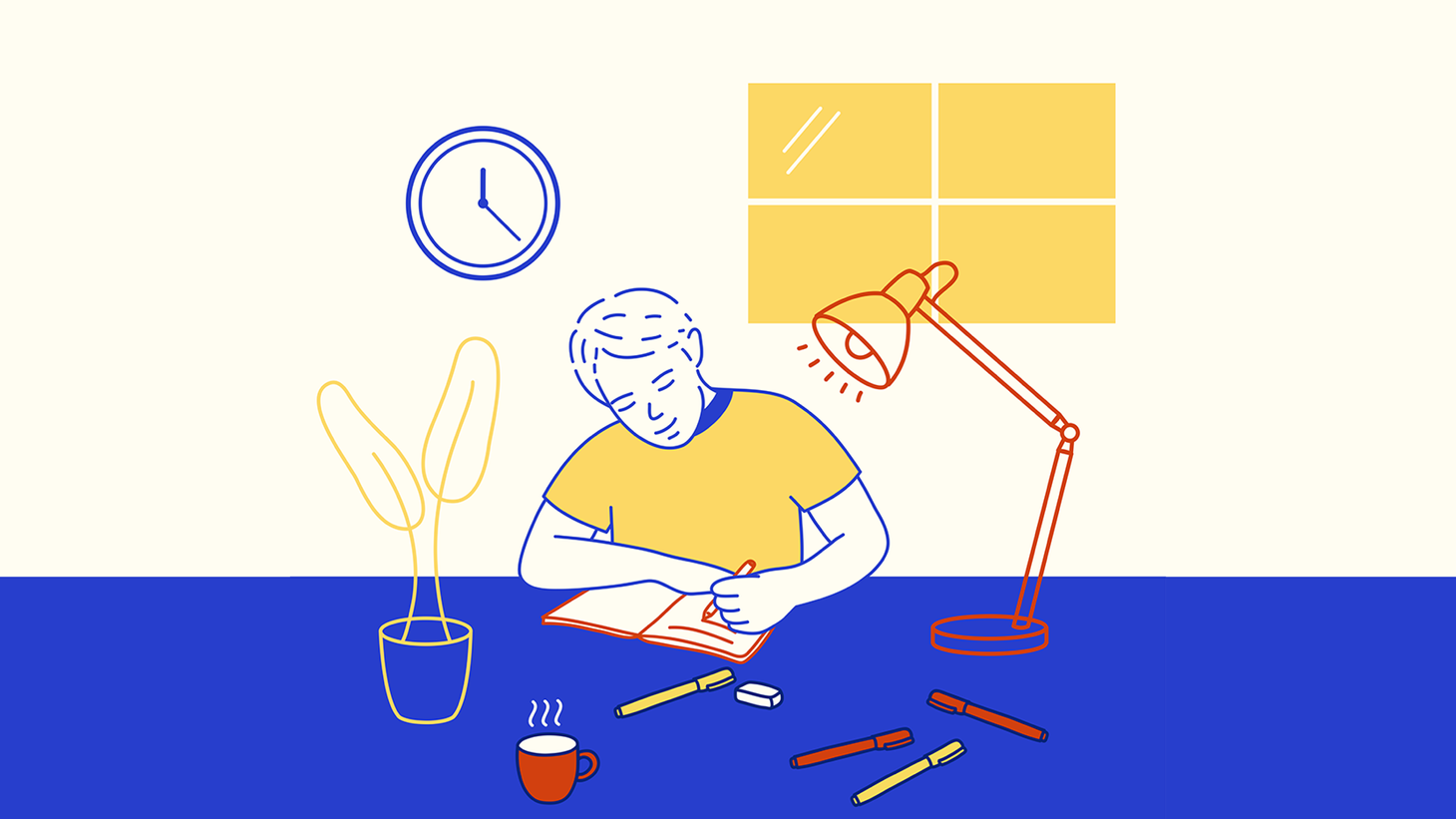How to Price Your B2B Product
One of my clients emailed today for guidance on what to charge her first customer. Here’s the advice I gave.

One of my clients emailed today for guidance on what to charge her first customer. Here’s the advice I gave.
Dear XXXX,
Glad you reached out on this. Sounds like an exciting conversation.
Like most things in startups, there is no ‘perfect answer’ on pricing. But a few thoughts:
- At scale, pricing is obv determined by the clearing price on the supply/demand curve. We can get fancy in testing and optimization scale but not yet.
- In growth mode, we’ll want to prob subsidize price in favor of growth to aggressively gain market share and to enjoy (hopefully) some word-of-mouth benefit from more customers talking about the product
- In early days (ie now) I wouldn’t sweat pricing to much. In essence, each sale right now is a custom enterprise sale where we really want/need to get the customer (if they are a right fit) for learning. So maximizing income from the customer is quite secondary.
That said, no reason to give away the farm nor give away the product for free. I’d learn what they will pay and offer it at or below that price. Easier said than done, but not too hard.
Before offering a price at all, I’d suggest focusing on learning from the customer. Ask all the questions you can think of. How much value do they see in the solution? How much will it save them from the alternative?
You can even ask crazy questions like what would they like or expect to pay. You might get numbers higher than you were thinking.
If you don’t, I wouldn’t sweat nailing pricing on the first 10 customers. Make sure you don’t bankrupt us by giving way too much costly service at a loss, but don’t sweat maximizing our take on value in early days. More than anything we need 10 customers who love the product and who will be references. At Twenty20, or first 10 customers paid anywhere from $0.01 to $100 per image. We later settled on an offering of $2 per image as we scaled. It didn’t matter what those first 10 paid, they were learning for us.
Once we have 5–10 customers who love the product and with whom we have a lot of trust, they will tell us a lot about how to price.
We’ll take those 10 reference customers, and all the learning on the value they see in the product, and use it to inform V2 of our pricing going forward.
As we scale from 20–100 customers, we can get way more sophisticated about our pricing testing. And shape our V3, V4, etc. pricing.
In short, you might make the Thu meeting an opportunity to get super curious about how they see the value and what they’d expect to pay. Ideally you can do that without you putting numbers forward. We can then regroup Sat if you like about a proposal.
Pricing in early days is all negotiation. The best resource out there IMO on negotiation is Never Split the Difference. My buddy Yanda did a cheat sheet for the book here.
Good luck and looking forward to chatting Saturday!
Cheers,
Matt
Sanity Notes Newsletter
Join the newsletter to receive semi-weekly updates in your inbox.


